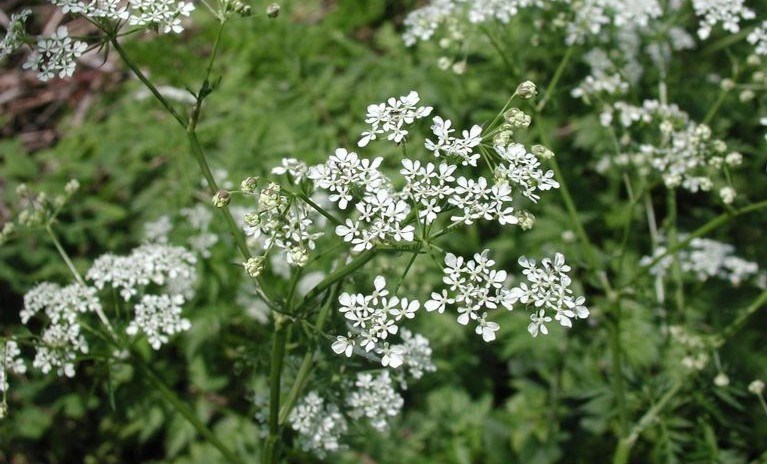The Town of the Blue Mountains (TBM) looks to take a more proactive approach to noxious weed control by appointing an additional municipal weed inspector.
“This report is being brought forward to add to our municipal bylaw enforcement officers to be able to enforce the Long Grass and Noxious Weed Bylaw,” explained Shawn Everitt, TBM CAO at a town council meeting held on March 9. “This will allow us to have two staff in this area. We are making that move towards proactive enforcement and this second officer will help us do that.”
Chris Raynsford, who is currently a bylaw enforcement agent with the town, will be appointed the duties of municipal weed inspector, which will be carried out under the TBM Property Standards Bylaw that is mandated by the province.
“I support this as, if it is left just to the Ontario Weed Act, it can take several months before there is any kind of active pursuit of the noxious weeds,” said councillor Andrea Matrosovs, who also sits as chair of the town’s agricultural advisory committee. “And, when it comes wild chervil, for example, several months means it is far too late.”
Wild chervil is a short-lived perennial from the parsley family that was introduced to Canada from Europe in a wildflower seed mix. It is known to spread quickly via human activity, wind, water, birds, and other wildlife.
“What we have identified is that there are lots of this particular weed on private property that people don’t even know that they have,” Matrosovs said. “We really need these boots on the ground to knock on these doors and say, this needs to go. I think this is a smart approach.”
“Wild chervil is an invasive plant that reproduces primarily by seed and has the capacity to out-compete native plants for habitat, as well as host a disease which affects carrots, celery and parsnips,” says Kate Powell, a terrestrial specialist with the Invading Species Awareness Program with the Ontario Federation of Anglers and Hunters.
In its first year, wild chervil will form a small rosette of fern-like leaves. Its stem will be covered in hair and hallow. In its second year, the weed can reach one metre in height. The weed blooms from May to July, which takes place at the top of the stem in an umbrella-shaped cluster. Tiny white flowers will consist of five petals.
The plant forms dense stands and deep root systems that are difficult to control. It is unpalatable to livestock and resistant to some herbicides, however, Powell says repeated mowing can help.
“Repeated mowing has been shown to help weaken occurrences over time,” Powell adds. “Wild chervil can impact rare and sensitive ecosystems, as well; plant communities within Bruce Peninsula National Park would be a good local example where occurrences are being monitored and managed.”
Town residents can assist in containing the weed by learning how to identify it and being aware of its presence.
“Individuals can help in a number of ways. For instance, seeds of invasive plants can be transported on shoes, equipment and pets. Brushing off as you leave or before you enter parks and other outdoor areas can help reduce its spread,” Powell says.
It is also recommended not to dispose of wild chervil in a compost pile and when hiking, stay on the trail.
“With spring around the corner, gardeners can also play a role by being aware of what they are planting and sticking to non-invasive plants, including those found within wildflower seed mixes. The Grow Me Instead guide for Southern Ontario is an excellent resource, which illustrates invasive plants and non-invasive alternatives.”
If you spot wild chervil on or near your property, you are asked to contact the TBM bylaw department at 519-599-3131 ext. 249, as well, Powell adds that, “members of the public are encouraged to report sightings of wild chervil, and other invasive species, to the Early Detection and Distribution Mapping System of Ontario, iNaturalist.ca, or the Invading Species Hotline at 1-800-563-7711.”
Everitt says the town’s procedure is to educate residents first and then proceed with bylaw enforcement only if proper action is not taken.
“The process that we require is that one of the weed inspectors has to go on site and confirm that it is a specific type of weed that is listed under our bylaw and then we can proceed with the enforcement,” explained Everitt. “Of course, the process is to inform and educate first and if that doesn’t work, then ultimately we do have the ability to issue the violation."
According to the TBM communications department, the town contracts the weed remediation services to an external contractor.



